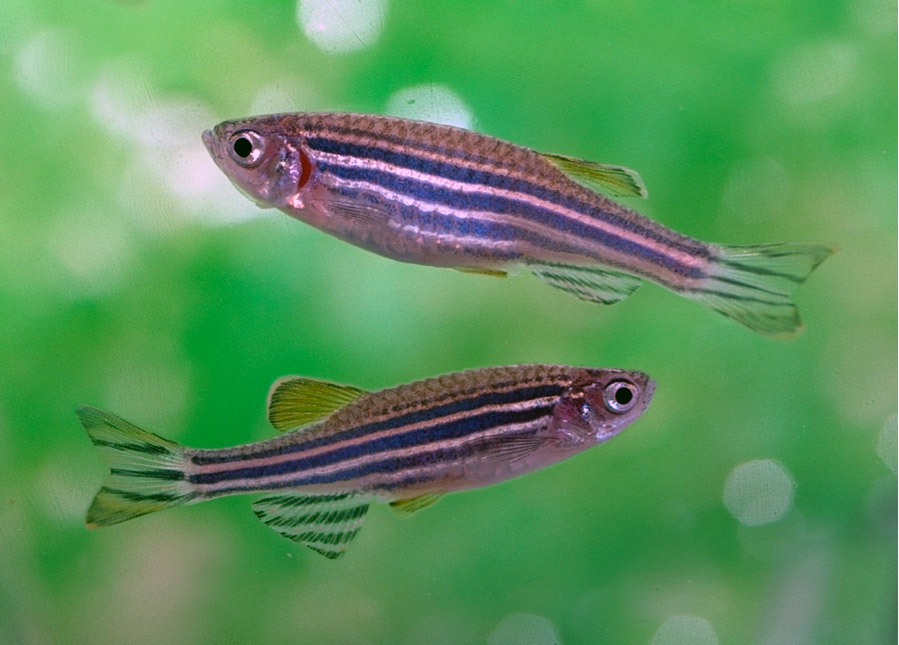- Zebrafish have a thin layer of tissue that covers the heart called the epicardium which allows them to regrow damaged cardiac tissue.
- New research has shown that the epicardium is able to heal not only the heart, but also itself when damaged.
- This discovery could eventually help researchers find ways to regrow human heart tissue, which would aid in the recovery of heart attack victims, among other cardiac patients.
Thanks to a thin layer of tissue that covers the heart called the epicardium, zebrafish are able to regrow damaged cardiac tissue. New research has shown that the epicardium is able to heal not only the heart, but also itself, when damaged, and it revealed the signaling molecule responsible for initiating the healing process. The discovery could eventually help researchers find ways to regrow human heart tissue, which would aid in the recovery of heart attack victims, among other cardiac patients.
In 2002, Kenneth Poss, now a cell biologist at Duke University, along with two colleagues, discovered that zebrafish (Danio rerio) possess the power to regenerate damaged heart muscle. This led to an “investigation of how and why heart regeneration happens,” Poss told Mongabay.
“In the past few years, our work, and those of others, [has] implicated a thin cellular covering of the heart called the epicardium as being important in repair of injured heart muscle,” Poss explained.
Poss’s most recent study, published in Nature, further explored the epicardium’s role in regeneration. Poss and three colleagues illustrated the importance of the epicardium by observing the rate of heart regeneration in zebrafish in which the researchers had damaged just the heart tissue versus those in which they had also destroyed the epicardium.

As expected, fish with an injured epicardium showed delayed healing of their other heart tissues. But the researchers were surprised to find that before repairing the rest of the heart, the epicardium healed itself. It regenerated in a complete sheet, beginning at the base of the heart and continuing down to the apex.
“Surprisingly, we found that the epicardium itself regenerated vigorously after it was destroyed, and that over the course of days it fully recovered on the heart’s surface after more than 90% was removed,” he said by email.
As part of the same study, Poss and his team found a way to keep hearts they’d removed from adult zebrafish alive in culture for weeks at a time, a process he described as “amazing, as they still beat while completely separated from the animal.” By taking daily images of these cultured hearts, the researchers were able to study more closely how regeneration takes place.
A series of other experiments revealed that the epicardium receives at least some of its signals for regeneration from a protein called Sonic Hedgehog, and that Sonic Hedgehog reaches the epicardium via the outflow tract, a structure that moves blood out of the ventricles.
Poss explained that this work in zebrafish is a model that could eventually be applied to human medical research. “Having practical animal model systems to study important processes has been a pillar of biological science,” he said.
By providing a more detailed understanding of how zebrafish regenerate damaged heart tissue, Poss hopes that this research can lead to progress in human tissue regeneration, especially in the case of heart attack victims. “We now know better the importance of the epicardium, and how to manipulate its growth, and this information is important to further develop this tissue as a target to repair heart attack injuries,” he said.
Citation:
Wang, J., Jingli C., Dickson A., and Poss K. (2015). Epicardial Regeneration Is Guided by Cardiac Outflow Tract and Hedgehog Signalling. Nature 522.7555: 226-30.